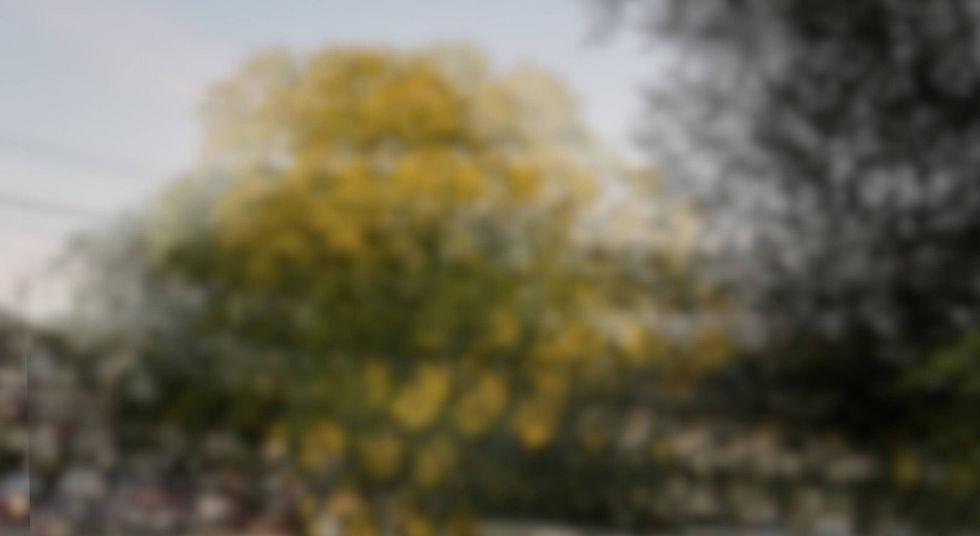CLINICAL APPEARANCE OF ANGLE CLOSURE GLAUCOMA
- visionopolisclinic
- Oct 29, 2024
- 2 min read
Updated: Apr 16
The Meaning of Acute & Chronic Angle Closure Glaucoma:
In the healthy eye a clear liquid called aqueous humour circulates inside the front portion of the eye to maintain a constant healthy eye pressure, eye continuously produces a small amount of aqueous humour & equal amount of this fluid flows out of the eye through microscopic drain called the trabecular meshwork in the drainage angle, a less common form of glaucoma called closed angle glaucoma occurs when the drainage angle of the eye becomes block, the colour part of the eye (Iris) may close off the drainage angle. People who are farsightedness may have risk factor.
Acute disease is an Ophthalmologic emergency with raised IOP (intra ocular pressure), severe one eye pain, headache with blur vision, rainbow colour halos around bright light, nausea & vomiting. In Chronic angle- closure glaucoma, there is no seen any symptoms at the initial stage. 30% of patients who have chronic disease will experience sudden blockage after a silent damage of eye.
What is the clinical scenario:
Key Factors for Acute Angle- closure Glaucoma:
• Extremely elevated IOP
• Pain on eye & brow
• Eye redness
• Fixed dilated pupil
• Corneal bulging
Key Factors for Chronic Angle- Clouser Glaucoma:
• Presence of all Systemic risk factors
• Elevated IOP
Common Risk Factor:
• Female gender.
• Hypermetropia.
• Peripheral shallow anterior chamber.
• If another eye having previously angle attack.
• Use such medication which can lead.
Which population & which test are used:
Angle- Closure Glaucoma is very common type of glaucoma. The population who are 40 or above this age they are eligible for routine screening.
The most effective test for identification is gonioscopy, other technique is high frequency ultrasound (UBM) or anterior segment OCT.
• Retinal OCT
• Heidelberg retinal tomography
• GDx Nerve Fiber Analyzer
What are the symptoms which you have to look over:
• Eye ache & brow pain.
• Halos around light.
• Fixed dilated pupil.
• Elevated eye pressure.
What is the treatment option for acute & chronic disease:
For Acute: Dynamic gonioscopy. For decreasing aqueous formation & control topical eyedrop is used. Hyperosmotic agents is also used to control acute episode of elevated IOP.
For Chronic: Use Potent IOP lowering agent. Type of eye drop lower incidence of conjunctival hyperaemia, which can be used for long time. LPI (Laser Peripheral Iridectomy) make a opening with laser in the iris (colour part of the eye) is a successful treatment option for angle closure attack.
References:








Comments